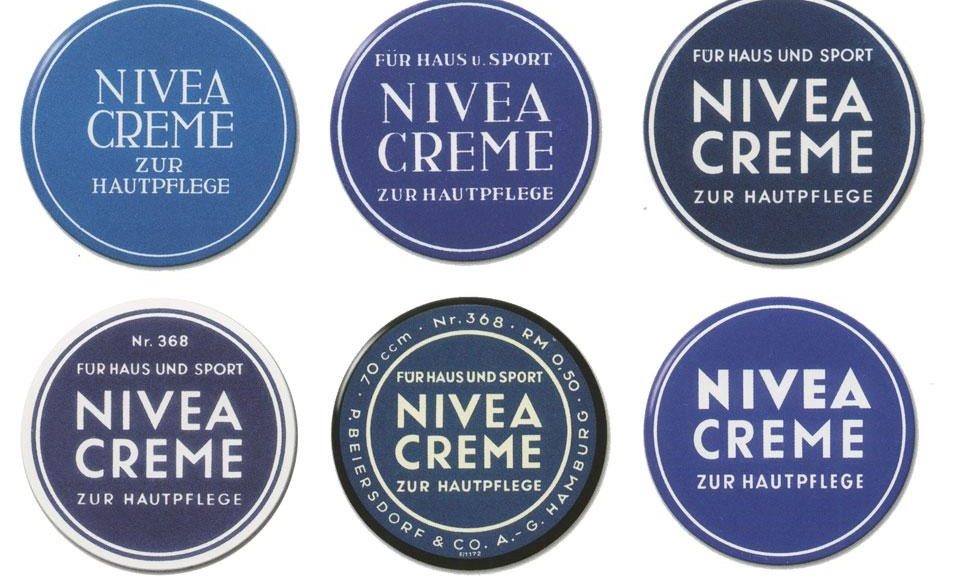
NIVEA – how much does a beauty brand need to respond to changes in depictions of beauty?
The theory goes that the beauty business is notoriously fickle and adapting to trends can be key to success.
The history of Nivea is interesting in so far as its brand’s imagery and advertising shifted in response to just such a change some 90 years ago, but since then it has maintained fairly consistently and any changes they have made have been less fundamental.
The Nivea story begins at the beginning of the 20th Century, when chemist Dr. Isaac Lifschütz invents Eucerit, a stable wax that manages to combine water and oil. Dermatologist, Professor Paul Gerson Unna introduces him to the entrepreneur Dr. Troplowitz for whom he is a scientific advisor. He suggests it would make the perfect basis for a cosmetic skin cream. Together, they developed the world’s first stable oil-and-water-based cream that was suitable for mass production and called it NIVEA.
In addition to Eucerit, the original formulation contained glycerin and a little citric acid. It was fragranced with rose and lily-of-the-valley oils. It was named for its pure white colour; the word NIVEA being derived from the Latin word “nix, nivis” meaning snow and was launched in 1911.
It was packaged in a stylised yellow art nouveau tin in keeping with the then classic imagery of feminine beauty, sometimes referred to as the “femme fragile”. 
 Its advertising featured classic beauty models of the times – many akin to “Gibson Girls”
Its advertising featured classic beauty models of the times – many akin to “Gibson Girls”
However as the (roaring) 1920s arrived and notions of feminine beauty changed, the brand started to look distinctly out of date. A new depiction of beauty was emerging; younger, more self-confident and active.
 The NIVEA Creme tin was redesigned to reflect the new zeitgeist, a world now more focused on “youth” and “leisure”.
The NIVEA Creme tin was redesigned to reflect the new zeitgeist, a world now more focused on “youth” and “leisure”.
In 1925 the now iconic blue tin with white NIVEA lettering was launched, a simple, yet distinctive look. NIVEA’s advertising approach changed as well. It launched a nationwide search in Germany for three NIVEA girls. The ad that first appeared in a Berlin newspaper, said: “We aren’t looking for great beauties, debutantes or young ladies with kiss curls. We’re looking for naturally pretty, healthy and clean-looking girls.”
The winners, sisters Margot, Elfriede and Hertha Fröhlich of Flensburg, north Germany were to star in a series of NIVEA ads throughout the 1920s.
In the 1930s, Elly Heuss-Knapp became marketing manager. She recognized the potential of the blue and white brand colours and made sure they were incorporated in all the campaigns she managed. She also took the brand ‘outside’ associating it with blue skies, sunshine and a more athletic lifestyle. A new slogan was devised “NIVEA in Luft und Sonne” (Nivea in wind and sun) reflecting the new positioning and reinforcing the brand message of its suitability as protection for men, children and women as well as role in enhancing beauty.



Since those radical changes in the 1930s, the brand, its advertising, product range, formulations and indeed the design of the iconic tin have evolved continually; it hasn’t gone through another revolution and perhaps it won’t until society shifts again and decides that youth and freshness are the most desirable aspects of beauty.